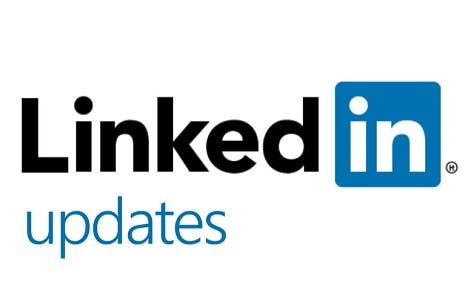After a few months of rumors and speculation, LinkedIn officially announced a new version of their terms of service to its Privacy Policy and User Agreement via their blog. The changes will take place on June 7, 2017. Sourcers can breathe a sigh of relief as these changes are potentially beneficial for the super cybersleuths. In this announcement, LinkedIn highlighted its commitment to increase a user’s profile visibility in search engines. Put in “sourcer’s terms,” you will still be able to XRay (site:) LinkedIn.
The new Privacy Policy also includes LinkedIn’s decision to open up profile visibility to “certain third-party services,” in much the same way it makes that information available to search engines, like Google and Bing. Examples of third party services excluding search engines include Outlook and Yahoo Mail, Calendar or Contacts, Apple and Samsung native mail, contacts and calendar phone apps, Cortana, Evernote, social media aggregators (e.g. tools for company brand administrators to consolidate interactions with followers across social media), talent and lead managers, according to LinkedIn.
LinkedIn also announced a new feature to its mobile application. Users will soon be able to opt-in to discover other LinkedIn members at nearby events and conferences. This feature has the ability to rejuvenate the once popular, and buzzed term, mobile sourcing. Imagine discovering profiles of candidates on LinkedIn without searching, but merely attending or walking by a user conference or networking meetup. This new feature opens an entirely new way to find and meet members through LinkedIn. The launch of this service has yet to be released, but LinkedIn did say that it will share more detail on how the feature works when it is rolled out.
You can read highlights from the blog post about the updates to LinkedIn’s terms of service below.
- Increased visibility of your LinkedIn Profile – Similar to the way your profile shows up in search engines, LinkedIn will allow certain third-party services to show your profile to their users, so that you can be more easily found for opportunities and connect with people. You can opt out of this broader distribution of your profile, and you control what you share on your profile.
- Easier to share accomplishments with your network – To make it easier to update your profile, LinkedIn will look for and suggest positive and public professional accomplishments, like awards or industry recognition, to share with your network. You can opt out if you decide you don’t want these recommendations.
- Productivity bots and similar tools to improve communication with your network – You can opt-in to use our automated systems that can help you with messages by suggesting responses, assisting in scheduling meetings with connections, generating ice breakers, or offering insights to help you connect with other professionals more easily.
- Easily meet up with other members – You can choose to use an upcoming feature that helps you find nearby LinkedIn members, who have also opted-in, at a conference, event or meeting.
LinkedIn’s updated User Agreement will look familiar, with a few changes that are highlighted in our summary, including:
- Dos and Don’ts – LinkedIn added clarity about the activities allowed on LinkedIn. For example, we prohibit both the act of scraping others’ content from our services, and the development and support of tools to scrape LinkedIn services.
